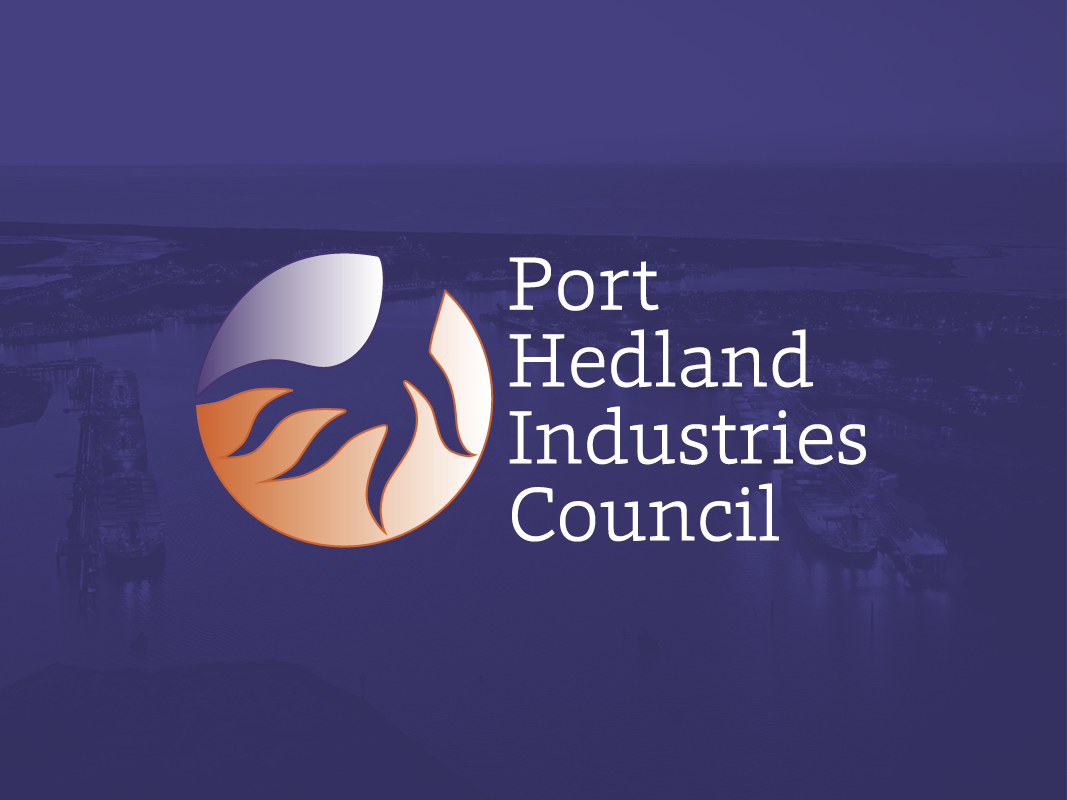Around 120 dwellings a year will be needed for the next 17 years to cater for the anticipated increase in Port Hedland’s population.
In a presentation to PHIC’s Community Industry Forum last month, Town of Port Hedland Manager Planning and Economic Development Chaz Roberts said the town’s population was forecast to grow from around 17,200 to between 21,700 and 24,150 by 2041.
To cater for the minimum growth of 4,500 people, an additional 2,050 dwellings would be needed.
But in 2023 the Town of Port Hedland only issued 13 residential building permits, which were mostly for single dwellings. Other building permits were mostly for internal fit outs of houses and incidental structures such as patios.
There were 48 building permits issues for commercial or industrial purposes.
As part of a push to improve the liveability of Port Hedland, the council has committed more than $800 million to a capital works program for the next 15 years including:
- Key worker housing
- South Hedland Integrated Sports Hub
- Performing Arts Centre
- Civic and Community Precinct
- JD Hardie Youth and Community Hub upgrades
In a glimpse into the future, the meeting was told that two major South Hedland housing developments had been approved in 2023, the Azzura project, comprising 108 multiple dwellings plus a café and restaurants; and the Essential Workers Village, comprising 32 grouped dwellings, 26 multiple dwellings, 18 serviced apartments and commercial tenancy.
Building permits were yet to be submitted for either project.
The town is continuing to advocate for Development WA to release more residential land in Port Hedland (the Stables Structure Plan) and South Hedland (Western Edge Structure Plan)
Mr Roberts said Development WA was preparing business cases to the Government for funding for the release of land over the next two years.
This would be the first estate release in Port Hedland in about 10 years.
The 2021 census found that 18.9 per cent of dwellings in Port Hedland were unoccupied, almost double the WA average.
Mr Roberts said maintenance, tenant change or transfer of ownership may have accounted for some of the vacancies.
The council sent letters to 12 of the largest residential housing owners to determine if they could partner with the Town of Port Hedland to deliver affordable housing.
None had properties available and many of the houses remain empty.
In a bid to deliver more worker housing, the council identified a 2.64-hectare block of land on Cottier Drive, South Hedland, as a potential site and has developed concept plans for a 76-house development.
In information supporting the project, the council has said that:
- Relative to regional WA, there is a current deficit of 1031 service workers in Hedland. Without intervention, this is expected to increase to 1444 by 2031.
- Average rent across Port Hedland is $1000 a week compared to $544 across regional WA.
- Average rents have increased 20 per cent a year in Port Hedland and 36 per cent a year in South Hedland since 2020.
- Housing supply has grown 0.2 per cent since 2017.
- There have been nine building approvals in the Town of Port Hedland between June 2022 and April 2023.
- $7.2 billion in aggregate capital expenditure for large new infrastructure projects is expected to further exacerbate the issue in the coming years.
Mr Roberts said the council was seeking funding assistance including from the State and Federal Governments and/or industry to deliver the project, which would be developed in three.
He said the council was encouraging proponents of workforce accommodation camps to include service working housing and community rooms as part of their social impact assessment and management plans.


